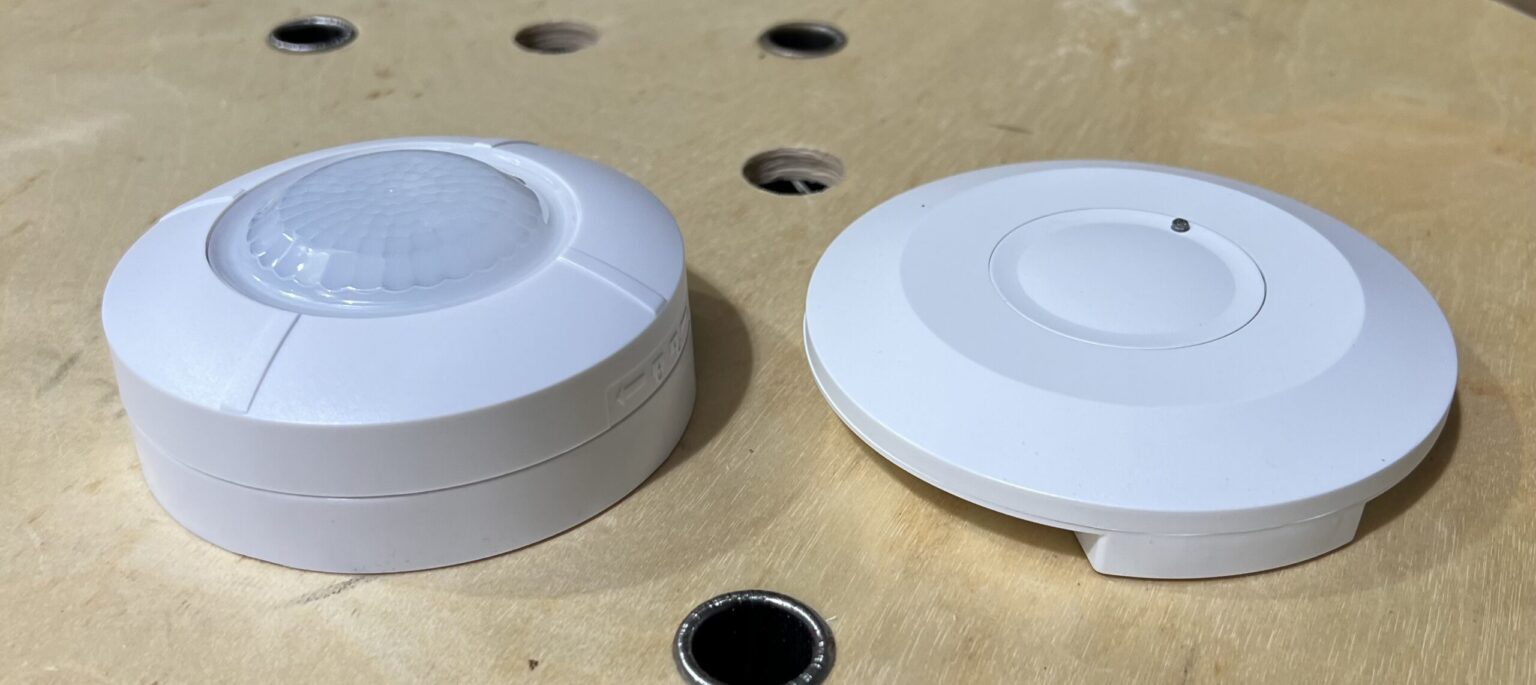Understanding Weather-Resistant Outdoor Lighting Outdoor light fittings endure far more stress than indoor fixtures. Rain, UV exposure, humidity, salt air, and temperature swings can quickly degrade materials that aren’t designed for external use. Choosing the right construction materials ensures long-lasting performance, improved safety, and reduced maintenance costs. This guide explains the strongest and most reliable …
How Does AI Work? Artificial intelligence (AI) refers to the simulation of human intelligence in machines, enabling them to perform tasks that typically require human cognition, such as learning, problem-solving, and decision-making. AI systems work by processing vast amounts of data and using algorithms to recognise patterns, draw inferences, and make predictions. In the rapidly …
Halogen lamps are gradually being phased out in many countries due to their energy inefficiency compared to newer lighting technologies like LED. Many countries have implemented regulations to encourage the adoption of more energy-efficient lighting options, leading to a decline in the production and availability of halogen lamps. LED lighting, with its superior energy efficiency …
A simple guide to choosing the right lighting levels for every room Getting the right amount of light in a room helps improve comfort, visibility, and atmosphere. Instead of choosing bulbs by watts alone, modern lighting uses lumens to measure brightness. This guide explains how to calculate the light you need based on room size, …
Understanding Motion Sensors for Lighting, Security and Automation PIR (Passive Infrared) and Microwave sensors are two of the most widely used motion detection technologies in lighting, security systems, home automation and commercial environments. Although they serve similar purposes, they work very differently and are suited to different applications. This guide explains how each sensor works, …
In the realm of modern illumination, PIR lighting stands as a beacon of efficiency, security, and convenience. PIR, or Passive Infrared, lighting systems utilise motion sensors to detect heat signatures emitted by moving objects, triggering the activation of lights. This ingenious technology has found widespread adoption in various domains, from residential landscapes to commercial facilities …
Microwave sensor lighting represents a revolutionary advancement in illumination technology, harnessing the power of microwaves to detect motion and trigger lighting responses. This innovative approach offers a multitude of benefits across various applications, from enhancing security to optimising energy efficiency. In this exploration, we delve into the uses and advantages of microwave sensor lighting, shedding …
What Are Fire Rated Lights? Fire rated lights (often called fire rated downlights) are specially designed fittings that help maintain the fire integrity of ceilings and walls. When you cut a hole in a fire-rated ceiling to install a light, you weaken that fire barrier. A fire rated fitting is engineered to close that gap …
How do I prevent glare and shadows when lighting a room? Preventing glare and shadows when lighting a room is essential for creating a comfortable and visually pleasing environment. Glare can cause discomfort and eye strain, while shadows can obscure visibility and diminish the functionality of the space. Here’s how you can effectively minimise glare …








